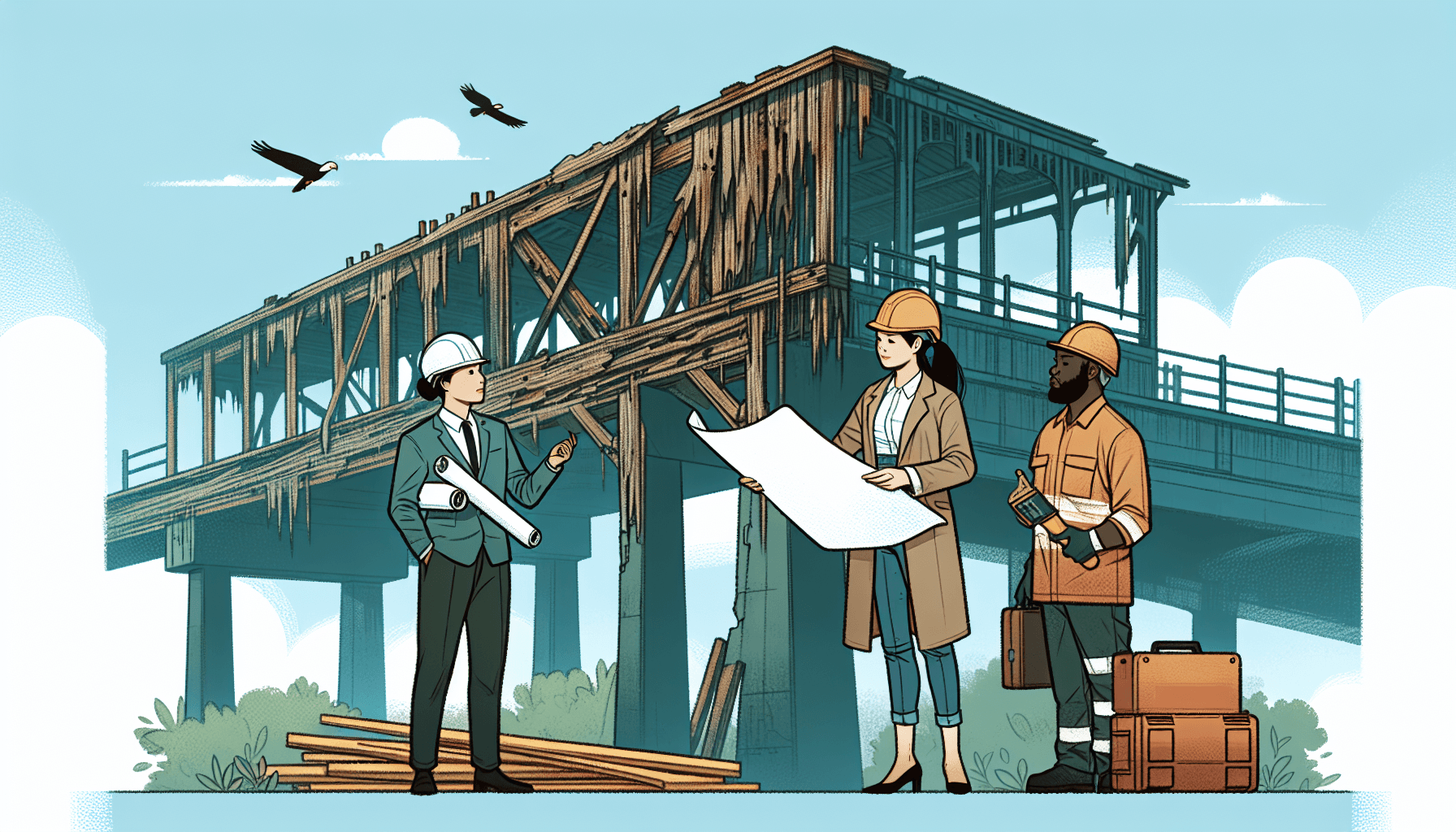Implementing safety site assessments is crucial for any company, especially those with aging infrastructure. Regular assessments help identify potential hazards, ensure compliance with safety regulations, and protect the well-being of employees and visitors. In this article, we will discuss the importance of safety site assessments for aging infrastructure and provide steps to effectively implement them.
The Importance of Safety Site Assessments
When it comes to warehouses and distribution centers, aging infrastructure can pose several risks. Over time, equipment, structures, and systems may deteriorate, increasing the likelihood of accidents, injuries, and property damage. Conducting safety site assessments can help companies identify and mitigate these risks before they escalate. Here are some reasons why safety assessments are crucial:
- Identify Hazards: Safety site assessments allow companies to identify potential hazards and unsafe conditions within their warehouses. This includes checking for faulty electrical wiring, damaged flooring, inadequate lighting, and unsafe storage practices.
- Ensure Compliance: By conducting regular safety site assessments, companies can ensure compliance with local and federal safety regulations. Non-compliance can result in penalties, legal liabilities, and damage to a company’s reputation.
- Protect Employees: The safety and well-being of employees should always be a top priority for any organization. Assessing the safety of a warehouse helps identify risks that could harm employees and allows companies to implement preventive measures to protect their workforce.
- Reduce Accidents and Losses: By proactively identifying and addressing potential risks, safety site assessments can help reduce accidents and losses. This, in turn, lowers insurance costs, prevents disruptions to operations, and preserves the company’s bottom line.
Now, let’s discuss how to effectively implement safety site assessments for aging infrastructure:
Steps to Implement Safety Site Assessments
1. Establish a Safety Committee: Create a dedicated safety committee consisting of key members from various departments. This committee can oversee the safety site assessments and ensure that safety protocols are followed.
2. Conduct a Preliminary Assessment: Begin with a preliminary assessment of the warehouse infrastructure to identify potential areas of concern. This can include examining the condition of the building, equipment, and systems. Pay special attention to areas that show signs of aging, such as rust, cracks, or corrosion.
3. Define Assessment Criteria: Develop a set of assessment criteria to evaluate the safety of the warehouse. This can include factors such as electrical safety, fire prevention measures, emergency exits, ventilation, and ergonomics. Consider industry regulations and best practices when defining your criteria.
4. Perform Regular Inspections: Schedule regular inspections to assess the ongoing safety of the warehouse. These inspections should be conducted by trained personnel or external safety experts. Inspections can cover a range of areas, including equipment maintenance, storage practices, and adherence to safety protocols.
5. Create Action Plans: Based on the findings of the safety assessments, develop action plans to address any identified risks or deficiencies. These plans should prioritize the most critical issues and outline specific steps to rectify them. Regularly review and update these action plans as needed.
6. Train Employees: Implement effective safety training programs for all employees. Ensure that employees are aware of the potential hazards, safety protocols, and emergency procedures. Encourage employees to report any safety concerns or near misses to their supervisors or the safety committee.
7. Monitor and Review: Continuously monitor and review the effectiveness of the safety site assessments and implemented measures. Stay updated with industry standards and regulations to ensure compliance. Regularly communicate with employees about safety initiatives and encourage a culture of safety within the organization.
By following these steps, companies can effectively implement safety site assessments for aging infrastructure. Prioritizing safety not only protects employees and visitors but also contributes to a more efficient and productive warehouse environment.
To learn more about how HCO Innovations can assist you with warehouse safety evaluation and optimization, click here.

